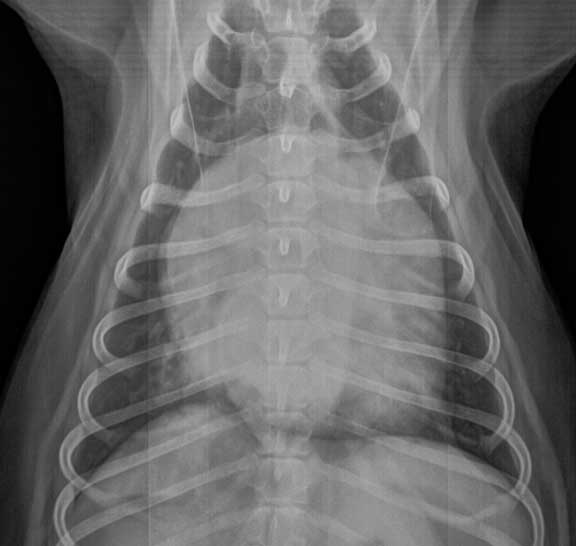
“The veterinarian placed him on medications, and we began taking him every six months for cardiology follow-up examinations. “Sonny was never short of breath or seemed faint or weak,” she says. Owner Carol Stephens of Kodak, Tennessee, was taken aback by the diagnosis.

He enthusiastically performed high jump retrieves and broad jumps during training and at trials. One involves the use of adult bone-marrow stem-cell therapy by ReGena-Vet Laboratories, a startup biotech in Davis, California, and the other is investigating the use of a nucleoside triphosphate that transfers energy to cells to maintain viability and increase heart function.Īn active obedience competitor, “Sonny” showed no hint of being ill when he was diagnosed with DCM two years ago at the age of 5. Here is a review of two experimental treatments. Affected dogs benefit from drug therapy, which offers palliative care but does not alleviate the long-term effects of the disease. Environment and lifestyle factors could play a role as well.

Individual dogs vary in the age of onset, rate of disease progression and frequency of sudden death versus congestive heart failure. Cocker Spaniels can develop the condition related to a nutritional deficiency.ĭCM affects male and female Dobermans equally. Other breeds affected by DCM include Afghan Hound, Boxer, Dalmatian, Golden Retriever, Irish Wolfhound, Labrador Retriever, Newfoundland, Old English Sheepdog, Portuguese Water Dog, Saint Bernard, and Scottish Deerhound. Together, these tests help to identify dogs that might later experience sudden death or develop structural disease if not already present.ĭCM is different in every breed and can occur in mixed-breed dogs as well. For example, an echocardiogram examines the structure of the heart and detects functional abnormalities at a single segment of time, while the Holter monitor provides information about the heart’s electrical activity over an entire day. These diagnostic tests should be used together because while one test may produce normal results, the other may pick up on an abnormality or vice versa. These tests help to identity the disease sooner when treatment can help slow its progression, ease clinical signs and improve quality of life. Dogs in breeding programs should be tested every six months. Affected dogs usually appear normal until the heart muscle is no longer able to pump adequate amounts of blood to the body.ĭue to the prevalence of the disease in the breed, the Doberman Pinscher Club of America recommends that dogs receive an echocardiogram screening when they are between 1 and 2 years of age, along with a baseline Holter monitor test. Fifty percent of dogs with congestive heart failure die within months. Since the congestive heart failure form of the disease is often not diagnosed until dogs are around 7 ½ years old, they may have already been bred when DCM is discovered. By the time the characteristic clinical signs, such as weakness, lethargy and coughing, appear, the disease may be advanced and the prognosis grim. Signs of pulmonary edema include coughing, rapid breathing and lethargy.

Fluid may back up in the dog’s heart, lungs and abdomen. This causes the heart to hold a greater volume of blood, while its thinned walls continue to weaken. Some dogs recover, yet some die suddenly.ĭobermans with DCM also can develop congestive heart failure when the heart dilates to compensate for the weakened heart muscle. About one-third of these dogs have no prior signs of the disease until they die. Normal heartbeats are interrupted by rapid beats that fire too closely together, subsequently shorting out the heart, and the dog faints.

Dilated cardiomyopathy (DCM) in Doberman Pinschers is a challenging disease in which to identify dogs that will develop a severe case and die, and those that will be mildly affected despite testing positive in genetic screening.Īn inherited, irreversible heart muscle disorder that affects Dobermans more than any other breed, DCM can cause ventricular arrhythmia, or erratic heartbeats, and sudden death.


 0 kommentar(er)
0 kommentar(er)
